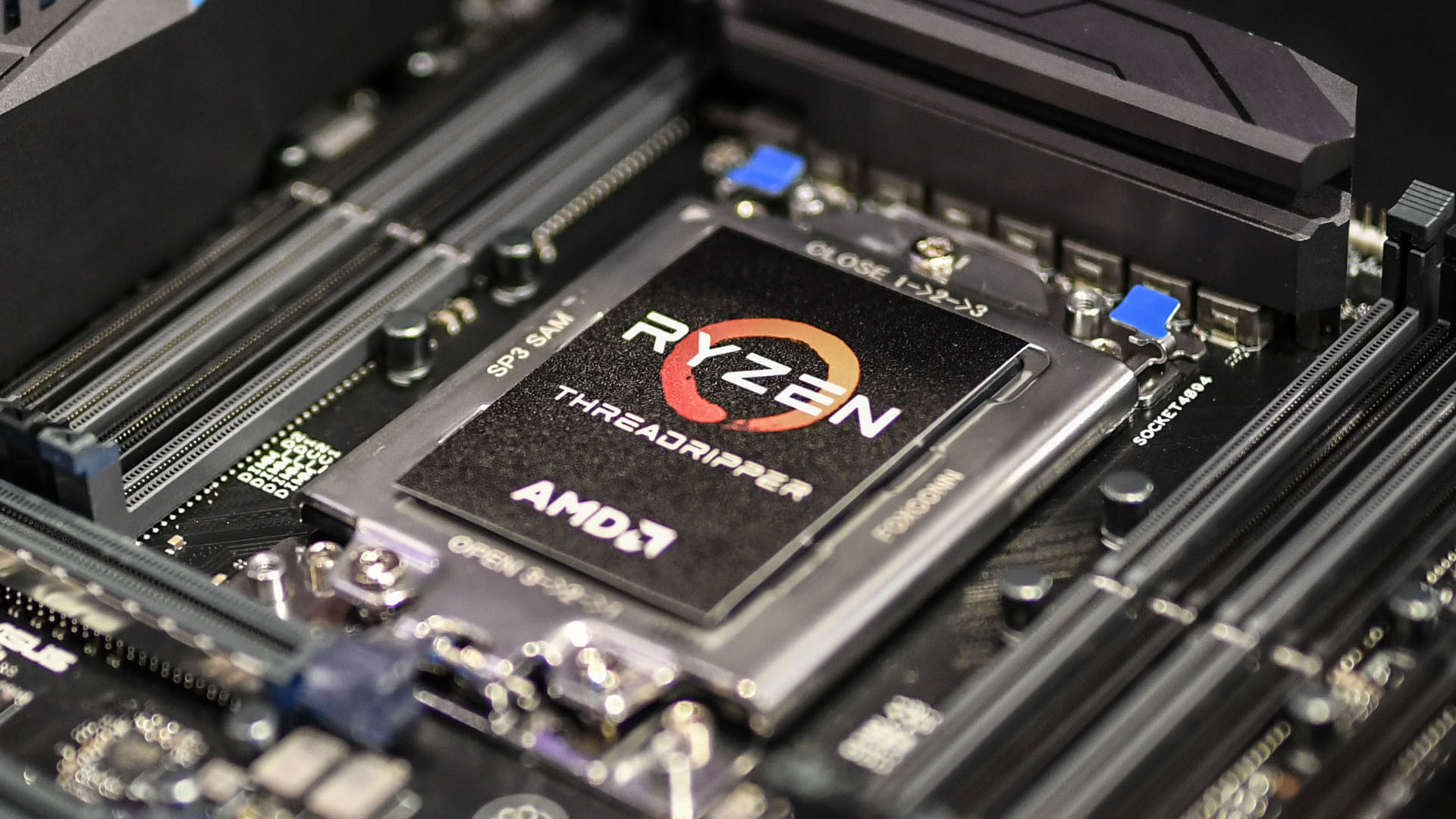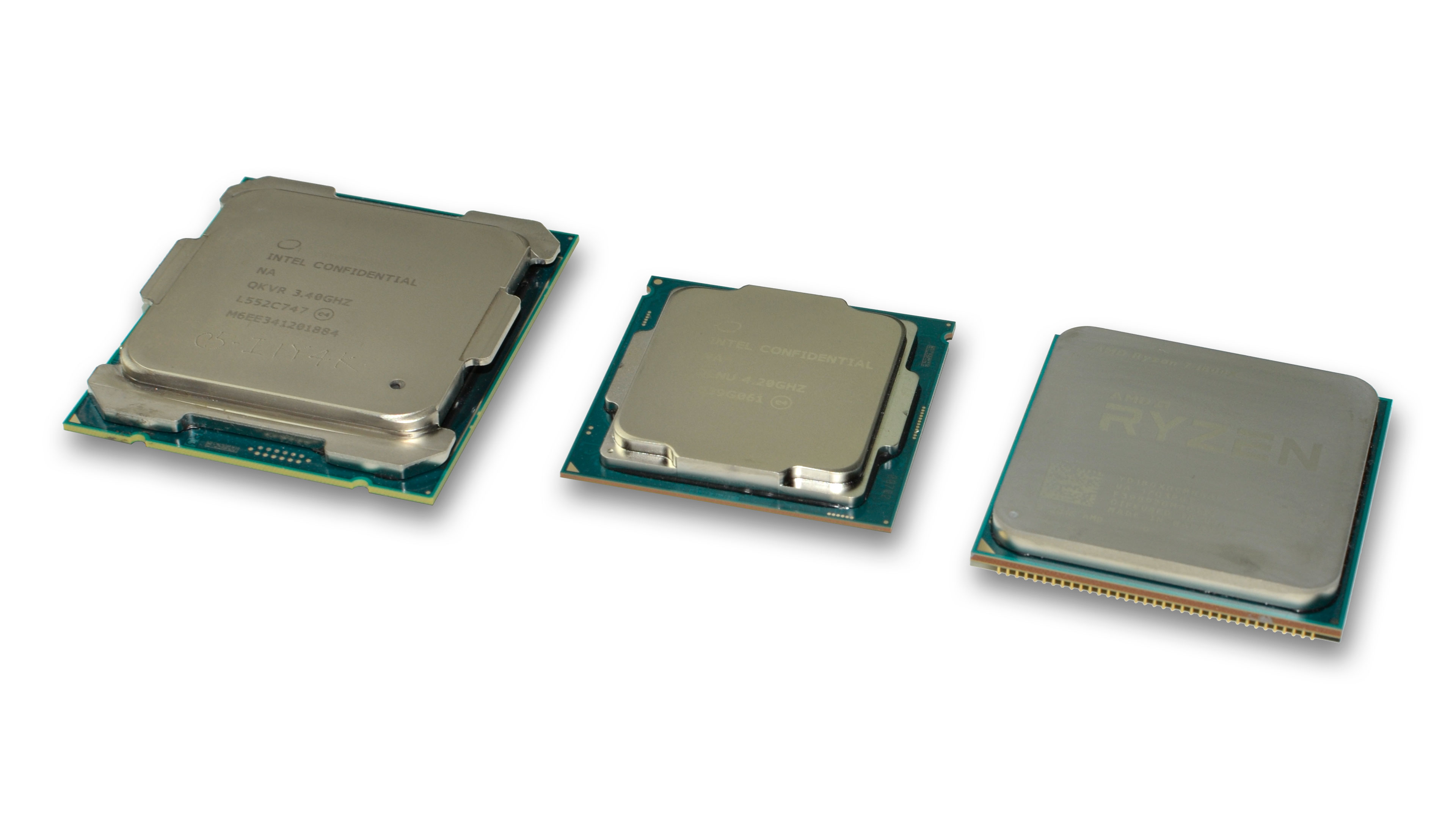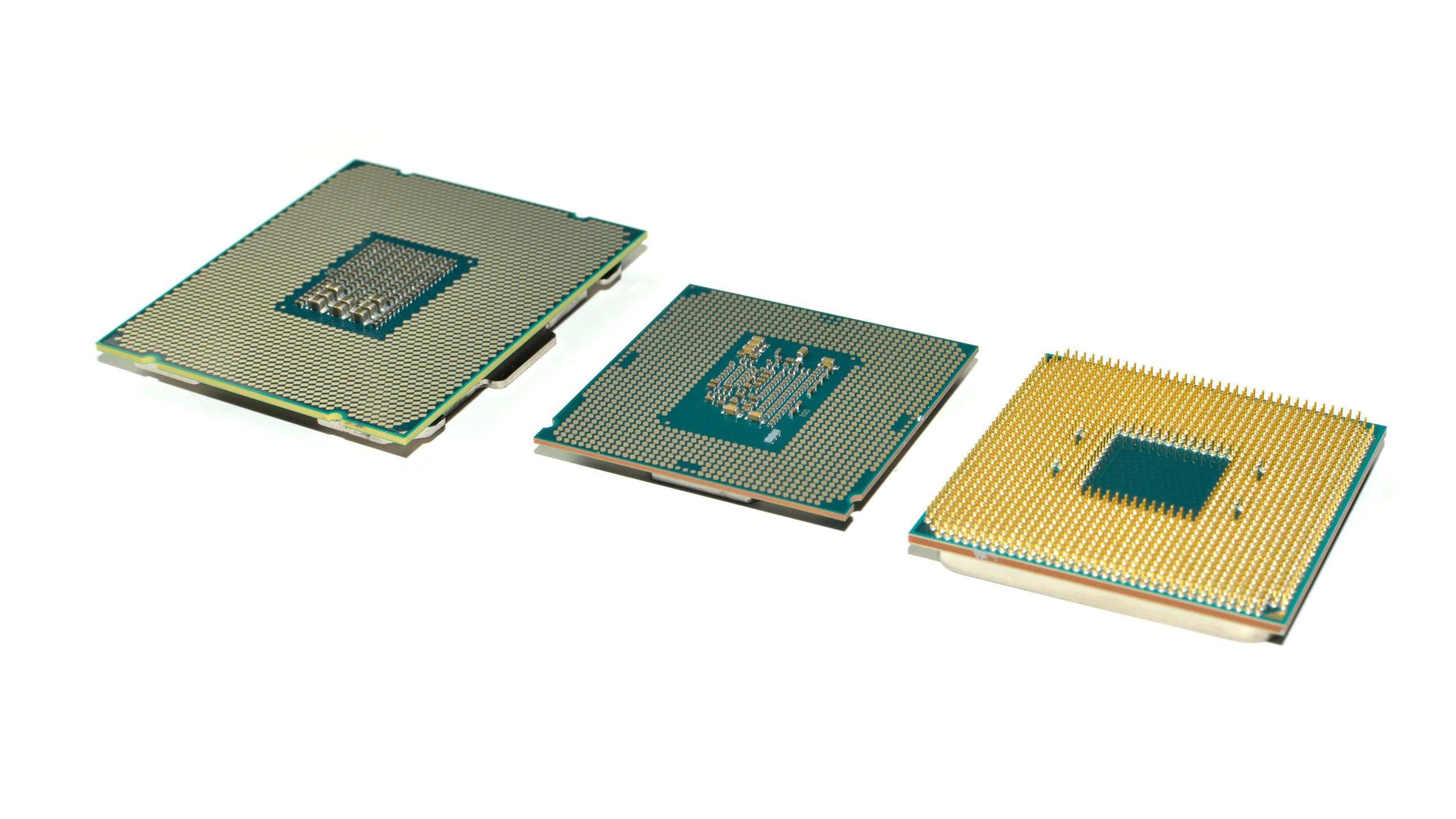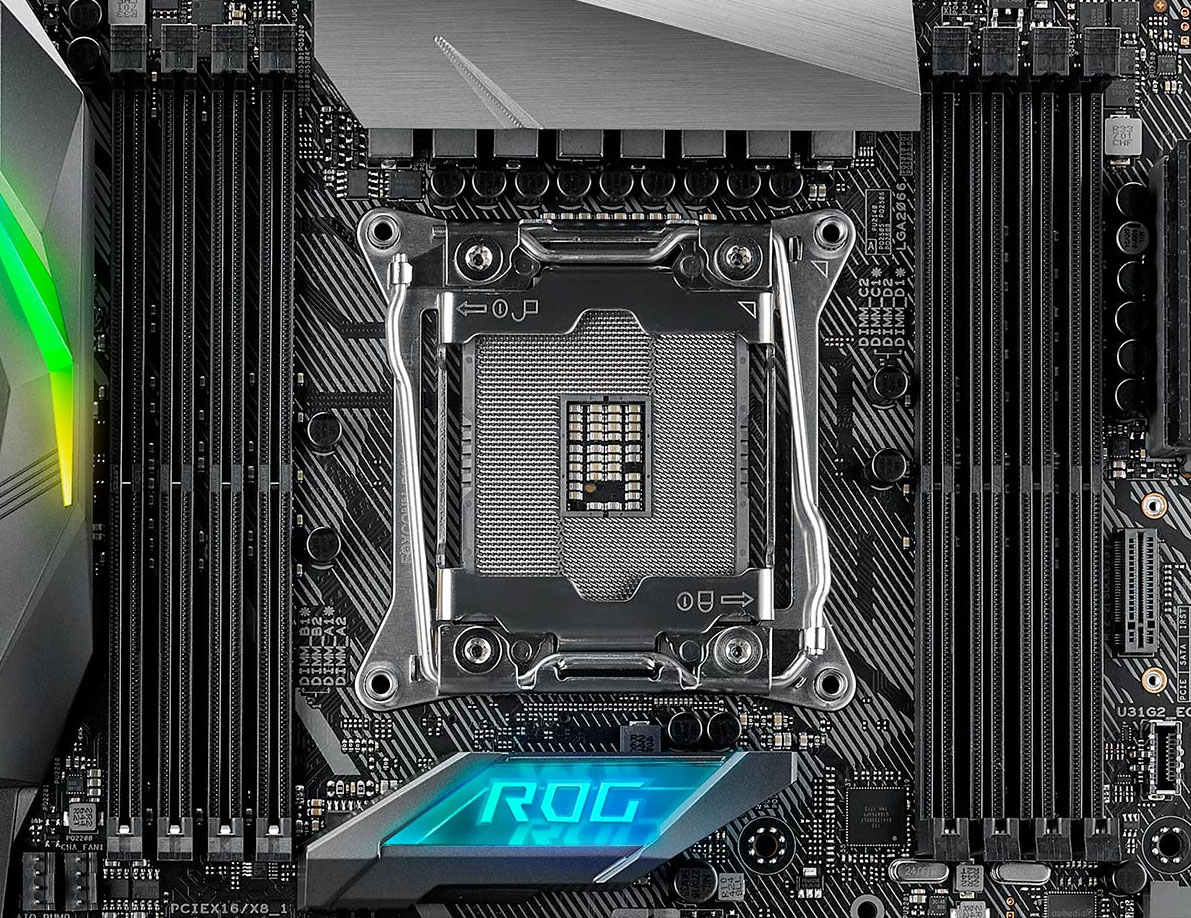AMD's Threadripper is huge, with an equally large socket and cooler
This is the largest consumer CPU package ever made.

AMD and Intel are gearing up to contend for the hearts and wallets of PC enthusiasts this summer in a big way—and I mean that literally. While I've see a few large CPUs over the years, including the old Slot 1 and Slot A CPU-on-a-card back in the 90s, nothing holds a candle to the sheer size of AMD's upcoming Threadripper parts. Okay, maybe that's not quite true, as Intel and AMD have had server products in the past (Intel Itanium for example) that were pretty sizeable. But for what is ostensibly a consumer product? Threadripper dwarfs the competition. Let me put this into perspective:


Above you can see one of Intel's already rather large LGA2011-v3 processors compared with an LGA1151 chip and an AMD AM4 chip. The specific chips in this case are i7-6800K, i7-7700K, and Ryzen 7 1800X, but that's not important. What is important is the size of each package: around 1392mm2 for LGA1151, 1575mm2 for AM4, and 2370mm2 for LGA2011-v3. Obviously the chips aren't that large, which is a bigger part of the cost, but stick with me for a moment. The LGA2011-v3 package is already beefy, roughly 70 percent larger than LGA1151. AMD's AM4 package is only about 13 percent larger than LGA1151 by comparison. But what about Threadripper and socket TR4 (aka SP3)? Check this out:


That's two closeup shots of Asus motherboards, one with LGA2066 and one with TR4. I scaled the images so that the DIMM slots are the same size (give or take), and AMD's socket TR4 is clearly the new Goliath of CPU sockets. Note that AMD's socket SP3 for Epyc supports 8-channel memory and 128 PCIe lanes, so half of the Threadripper TR4 socket is sort of unnecessary (unless AMD plans a future 32-core Threadripper?), but it's still there taking up space. And the package needs to be this large because Epyc supports up to four 8-core Ryzen modules.
Needless to say, new coolers will almost certainly be required for all Threadripper CPUs, or at least some significant alterations to existing cooler lines. Noctua is showing some prototype TR4/SP3 coolers at Computex that give an idea of what to expect.

Check out the size of that baseplate! It's got its own gravity well, weather system, and a few orbiting moons. And while you could likely use the same cooler on socket LGA2066, these are going to be very niche products. That means expensive, to go along with what will almost certainly be an expensive motherboard and CPU. We're still waiting for official word on AMD's pricing for Threadripper, but I expect the top model at least to be in the $1000 or more range. In the meantime, if you're planning on putting together a monstrous content creation workstation, don't forget to add a beefy cooler to your list.

Something else to point out is that the Asus Zenith board for Threadripper includes two 8-pin EPS12V power connections. High-end systems have generally moved to using a single EPS12V connection (basically the same as two 4-pin ATX12V connections) to avoid overloading the 12V PSU rails. On the Asus Zenith, dual EPS12V sockets means potentially four 12V rails for Threadripper. That doesn't mean the CPU has to use all of that power, but Asus's X299 board has a single EPS12V plus a second 4-pin ATX12V for the CPU, so it seems Asus expects maximum load plus overclocking to push CPU power draw into new territories. Crazy.
Make sure you include a high capacity PSU in your Threadripper parts list as well. And then you just need to wait a couple of more months for RX Vega.
The biggest gaming news, reviews and hardware deals
Keep up to date with the most important stories and the best deals, as picked by the PC Gamer team.
Jarred's love of computers dates back to the dark ages when his dad brought home a DOS 2.3 PC and he left his C-64 behind. He eventually built his first custom PC in 1990 with a 286 12MHz, only to discover it was already woefully outdated when Wing Commander was released a few months later. He holds a BS in Computer Science from Brigham Young University and has been working as a tech journalist since 2004, writing for AnandTech, Maximum PC, and PC Gamer. From the first S3 Virge '3D decelerators' to today's GPUs, Jarred keeps up with all the latest graphics trends and is the one to ask about game performance.
